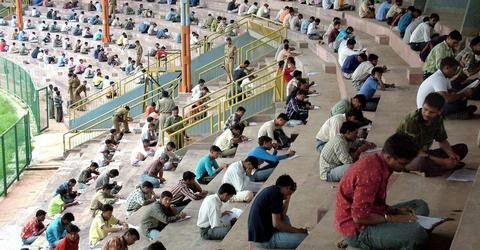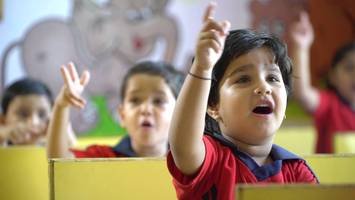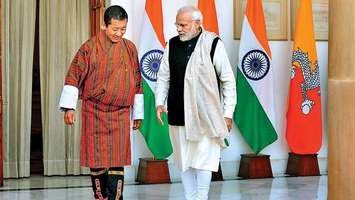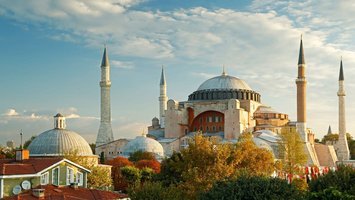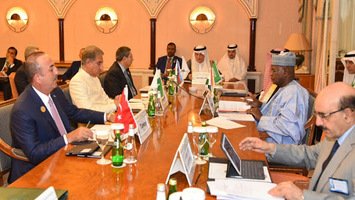Modi and Trump's friendship was discussed throughout the term, but how does Modi form a relationship with the Biden administration after the 'Houdi Modi' and 'Namaste Trump' campaigns in support of Trump? It remains to be seen. However Joe Biden won the US presidential election defeating US President Donald Trump.
However, it is being said that India and America are important partners. In such a situation, changing the government will not affect relations with India.
Prime Minister of India Narendra Modi has congratulated Joe Biden on his victory in the presidential election. Modi has called the victory of Joe Biden spectacular. The Indian Prime Minister also congratulated Kamala Harris and remembered her roots from India. Kamala Harris's mother was from Tamil Nadu.
Congratulating Joe Biden, Modi wrote on Twitter, "Congratulations to @JoeBiden on your stunning victory! As VP, your contribution to strengthen Indo-US relations was significant and invaluable. I look forward to working together once again to take Indo-US relations to greater heights. ''
Congratulating Kamala Harris, Modi wrote on Twitter, "Hearty congratulations @KamalaHarris! Your success is great Your victory not only makes your relatives in India proud but also a moment of pride for all Indian-American citizens. I am confident that with your support and leadership, the vibrant India-US relationship will be strengthened further.
Biden expressed concern over Kashmir and CAA
However, Biden had expressed concern about Kashmir and CAA in his election campaign. Biden released his policy paper during the election campaign. It had raised concerns about human rights in CAA and Kashmir. Joe Biden said that all rights of Kashmiris should be restored.
Biden had said that India should take whatever steps can be taken to restore the rights of Kashmiris. At the same time, Biden also expressed disappointment over India's Citizenship Amendment Act, or CAA. Biden also called the National Register of Citizens (NRC) hopeless.
A policy paper published on Biden's campaign website stated, "India has an old tradition of secularism and multi-racial, multi-religious democracy." In such a situation, these decisions of the government are completely opposite. ''
This policy paper by Joe Biden was published under the title 'Agenda for Muslim-American Communities'. In Biden's policy paper on Kashmir it was said, "To restore the rights of the people of Kashmir, India should take every step." Restrictions on disagreements, stopping peaceful demonstrations, shutting down or slowing down internet service are the weak of democracy. ''
In this paper, along with Kashmir, it was also talked about the Vegar Muslims of China and Rohingya Muslims of Myanmar. Biden's policy paper read, "Muslims of America remain concerned about what is happening in Muslim-majority countries and countries where Muslims have a significant population." I understand his pain. It is shameful to force the Weigar Muslims to stay in surveillance camps in western China. If Biden becomes president of the United States, he will raise his voice against detention camps in Xinjiang. As president, Biden will take some firm steps on this. Everything that has happened and is happening to Rohingya Muslims in Myanmar is gruesome. This puts peace and stability at stake. ''
Trump was also shocked
However, US President Donald Trump has also had many such policies that have hurt India. The Trump government had excluded India from the General System of Preferences in its preferential trade policy. Because of this policy, 1930 products going from India to America were saved from paying import duty in America. In the 1970s, the US government adopted this policy with the intention of strengthening the economies of developing countries. Apart from this, Trump's policies on HB1 visa have also been against India.
But the Trump administration was silent on the CAA, NRC and Kashmir. In this case, Pakistan tried to put pressure on the US but it did not affect the Trump administration.
Given the friendship between US President Donald Trump and India's Prime Minister Narendra Modi, it can be said that Biden will prove to be good for India, but will not prove to be good for BJP and Narendra Modi.





